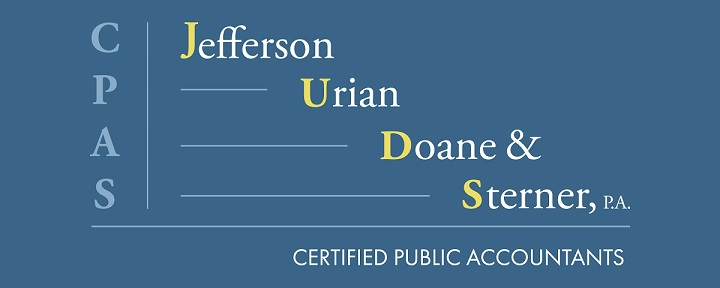Court awards and out-of-court settlements may (or may not) be taxed

Monetary awards and settlements are often provided for an array of reasons. For example, a person could receive compensatory and punitive damage payments for personal injury, discrimination or harassment. Some of this money is taxed by the federal government, and perhaps by state governments. Hopefully, you’ll never need to know how payments for personal injuries are taxed. But here are the basic rules — just in case you or a loved one does receive an award or settlement and needs to understand them.
Under tax law, individuals are permitted to exclude from gross income damages that are received on account of a personal physical injury or a physical sickness. It doesn’t matter if the compensation is from a court-ordered award or an out-of-court settlement, and it makes no difference if it’s paid in a lump sum or installments.
Emotional distress doesn’t count
For purposes of this exclusion, emotional distress is not considered a physical injury or physical sickness. So, for example, an award under state law that’s meant to compensate for emotional distress caused by age discrimination or harassment would have to be included in gross income. However, if you require medical care for treatment of the consequences of emotional distress, then the amount of damages not exceeding those expenses would be excludable from gross income.
Punitive damages for any personal injury claim, whether or not physical, aren’t excludable from gross income unless awarded under certain state wrongful death statutes that provide for only punitive damages.
The law doesn’t consider back pay and liquidated damages received under the Age Discrimination in Employment Act (ADEA) to be paid in compensation for personal injuries. Thus, an award for back pay and liquidated damages under the ADEA must be included in gross income.
Court cases
As you may suspect, the IRS and courts often decide that awards and settlements are taxable while many taxpayers feel they should be excluded from taxable income. For example, in one case, a taxpayer was injured while at a hospital. She sued for negligence but lost her case. She then sued her attorney for legal malpractice and was awarded $125,000. The IRS said the amount was taxable because it wasn’t for physical injuries. The U.S. Tax Court and the 9th Circuit Court of Appeals agreed. (Blum, 3/23/22)
In another case, the Tax Court ruled that married taxpayers weren’t entitled to income exclusion for a settlement the husband received from his former employer in connection with an employment discrimination / wrongful termination lawsuit. Although the settlement agreement provided for payment “for alleged personal injuries,” there was no evidence that it was paid on account of physical injuries or sickness. (TC Memo 2022-90)
Legal fees
You can’t deduct attorney fees incurred to collect a tax-free award or settlement for physical injury or sickness. However, to a limited extent, attorney’s fees (whether contingent or non-contingent) or court costs paid by, or on behalf of, a taxpayer in connection with an action involving certain employment-related claims, are currently deductible from gross income to determine adjusted gross income.
After-tax recovery
Keep in mind that, while you want the best tax result possible from any settlement, lawsuit or discrimination action you’re considering, non-tax legal factors, together with the tax factors, will determine the amount of your after-tax recovery. Consult with your attorney on the best way to proceed and we can provide any tax guidance that you may need.
© 2023









